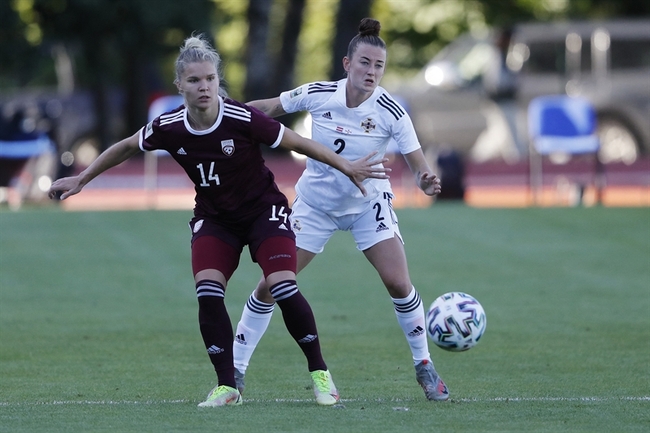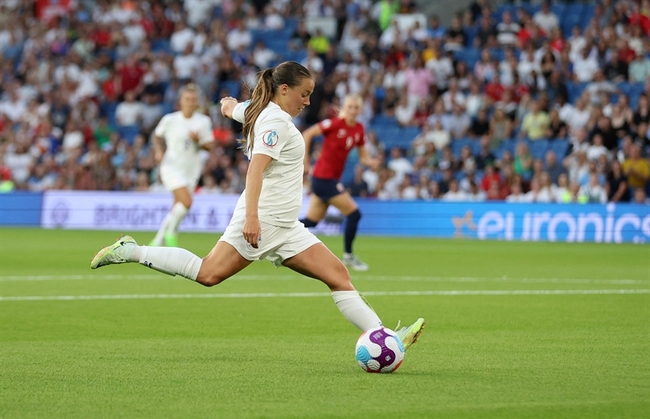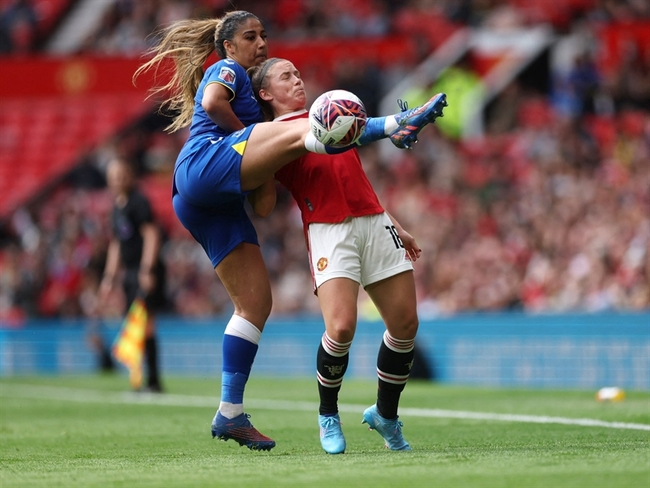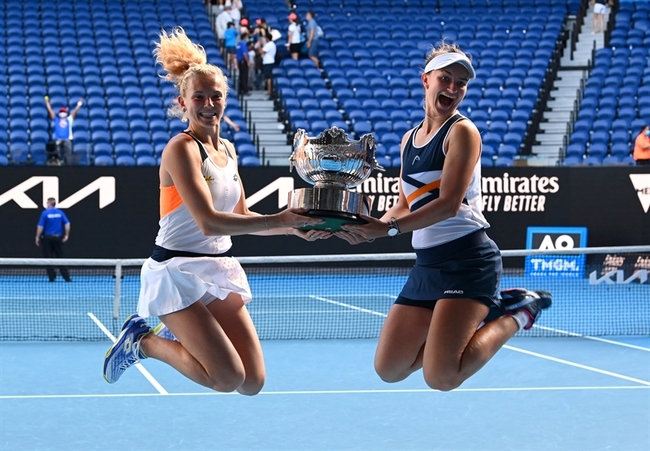You are viewing 1 of your 1 free articles
The 4 mechanism of shoulder injuries in rugby union play
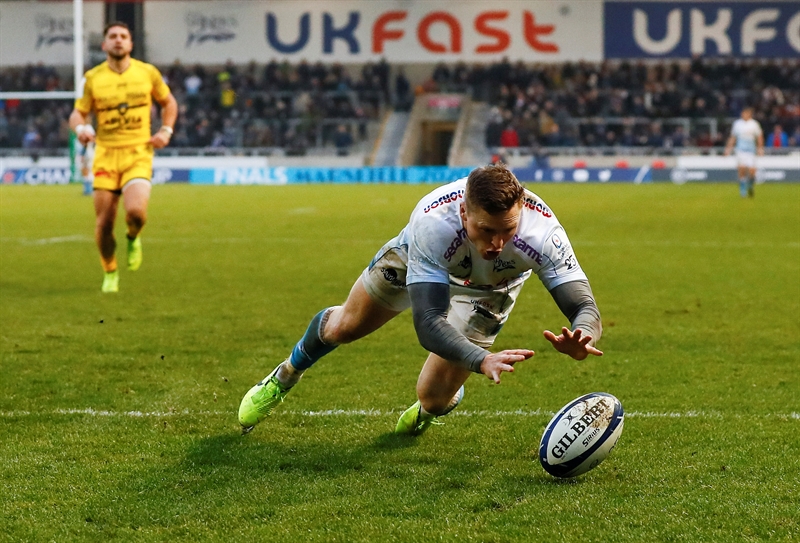
A significant aspect of sports injury prevention is understanding the mechanism of injury. Knowing how the damage occurs leads to the development of strategies, such as increased strength or flexibility, which help the athlete either avoid the injury situation or cope with the incident in a better way. Researchers in Dublin sought such information regarding shoulder dislocation in rugby union players(1).
Shoulder injuries rank third in injury incidence amongst rugby union players(1). While this encompasses a variety of pathology at the shoulder, dislocations and instability result in more lost time from play than all other injuries except anterior cruciate ligament tears(1). The frequency of this injury, as well as the period away from competition, means shoulder instability and dislocation can significantly impact a player’s career and a team’s success.
The Dublin team conducted a semi-quantitative observational cohort study by analyzing retrospective video footage available online via media or team sites. Their aim was to detect the most common mechanisms of injury and gather data on those affected, like position, location, and time of play. Of the 39 identifiable injuries, 59% occurred in the left shoulder and 41% in the right. The frame-by-frame analysis enabled the reviewers to determine at which point in play the shoulder dislocation occurred (see table 1).
Table 1: Point in the game of instigating injury(1)
| Point in the game where the injury occurred | Percentage of analyzed injuries |
|---|---|
| Tackle | 49% |
| Ruck/Maul | 26% |
| Open play | 15% |
| Scrum | 8% |
| Foul play | 3% |
The majority of tackle injuries befell the tackler rather than the player who was tackled. More often than not, the injury struck the player who was not carrying the ball. Hookers and fullbacks suffered the most injuries in the study. Over one-third of injuries happened in the last quarter of the game. Most dislocations (69%) were caused by contact with another player.
Mechanism of injury
The study found four particular instances where shoulder stability was compromised. Shoulder dislocation was common during a try attempt. While the ball-carrying player can suffer an injury landing on the outstretched arm with the ball, more commonly in this study, the injury occurred in the tackler. When attempting the tackle, players landed on a flexed arm, reaching out for the scoring player. The second scenario was the tackling maneuver itself. In a tackle, the arm is in the vulnerable abduction and external rotation position as it wraps around the legs or body of the ball-carrying player.When tackled players fall to the ground, they can suffer direct impact to the shoulder, causing a destabilizing injury. Lastly, the study found that 18% of the injuries occurred in the poach position. Struggling to get the ball from a grounded player often places the poaching player at a mechanical disadvantage. Since rules require the tacklers to return to their feet before making a play for the ball, they must stand or crouch and extend their arms with flexed and neutrally rotated shoulders over other players in the ruck to steal it. An abduction force from another player while in this position can easily destabilize the shoulder.
Prevention
The authors of the study conjecture that the repeated destabilizing forces on the shoulder, especially in the poaching position, pose a higher risk for injury than an acute episode. They recommend that coaches encourage players to limit shoulder flexion in these situations to less than 90º and contact others on the outside of the shoulder rather than the arm. Other coaching tactics include improving the tackling technique to bear the burden the impact at the shoulder rather than the extended arm, thus shortening the lever arm and decreasing the force applied to the shoulder joint. Keeping the ball close to the body when attempting a try should also reduce the chance of dislocation.While this study examined outside video footage of elite male rugby players only, without access to the medical history or records of the shoulder injury, it sheds light on the situations that weaken the shoulder in rugby play. Coaching and technique certainly play a role in decreasing the incidence of a shoulder injury. However, strengthening the muscles which surround the shoulder joint is also necessary to improve stability. Devoting time to strengthen the muscles of the rotator cuff, as explained in Tracy Ward's article on shoulder instability, may not be ‘sexy’ as there’s not much return on appearance. Nevertheless, considering that shoulder laxity can be career-altering, it is time well spent. Since over one-third of the injuries occurred later in the game, building endurance in these smaller muscles is equally important as gaining strength.
Reference
- Am J Sports Med. 2019 Nov 11:363546519882412. doi: 10.1177/0363546519882412. [Epub ahead of print]
Newsletter Sign Up
Subscriber Testimonials
Dr. Alexandra Fandetti-Robin, Back & Body Chiropractic
Elspeth Cowell MSCh DpodM SRCh HCPC reg
William Hunter, Nuffield Health
Newsletter Sign Up
Coaches Testimonials
Dr. Alexandra Fandetti-Robin, Back & Body Chiropractic
Elspeth Cowell MSCh DpodM SRCh HCPC reg
William Hunter, Nuffield Health
Be at the leading edge of sports injury management
Our international team of qualified experts (see above) spend hours poring over scores of technical journals and medical papers that even the most interested professionals don't have time to read.
For 17 years, we've helped hard-working physiotherapists and sports professionals like you, overwhelmed by the vast amount of new research, bring science to their treatment. Sports Injury Bulletin is the ideal resource for practitioners too busy to cull through all the monthly journals to find meaningful and applicable studies.
*includes 3 coaching manuals
Get Inspired
All the latest techniques and approaches
Sports Injury Bulletin brings together a worldwide panel of experts – including physiotherapists, doctors, researchers and sports scientists. Together we deliver everything you need to help your clients avoid – or recover as quickly as possible from – injuries.
We strip away the scientific jargon and deliver you easy-to-follow training exercises, nutrition tips, psychological strategies and recovery programmes and exercises in plain English.



